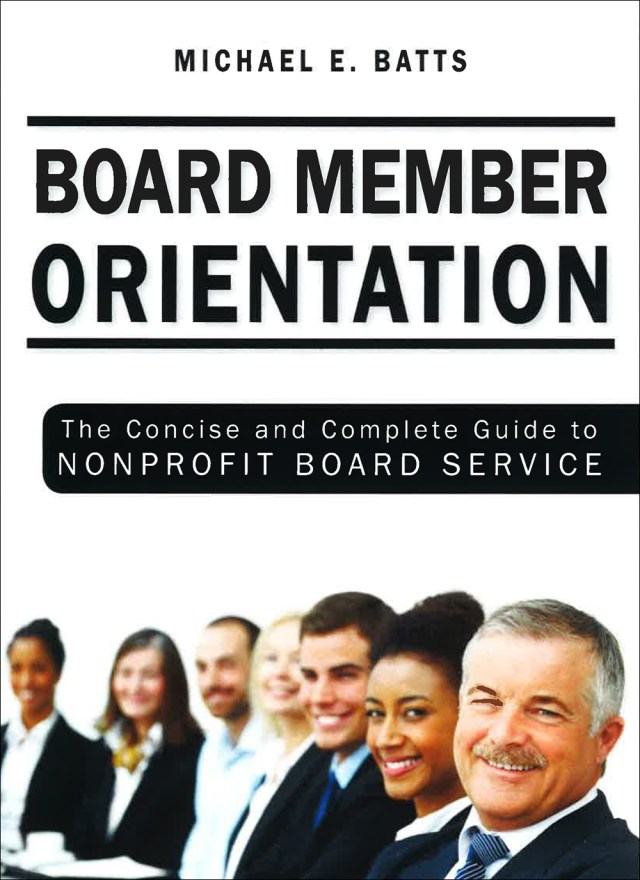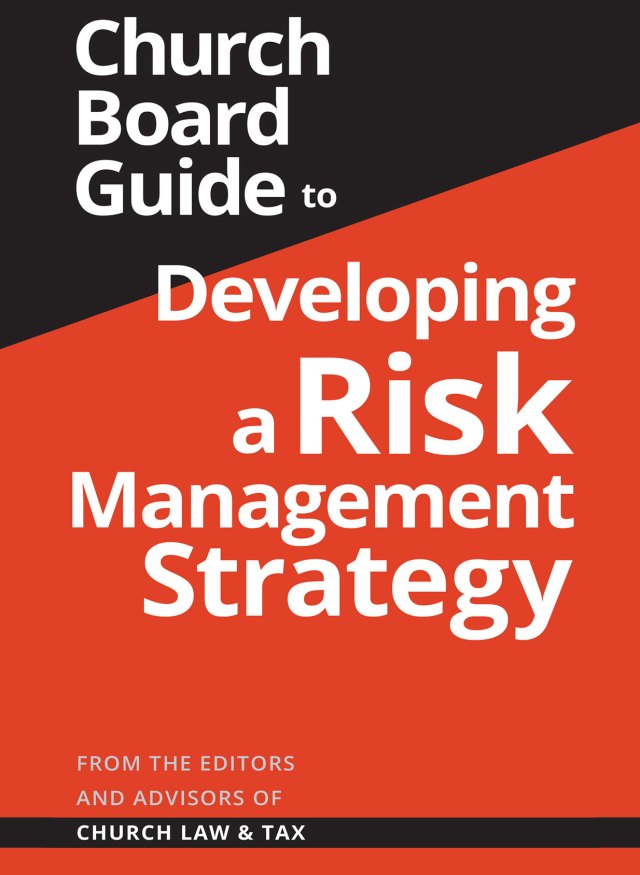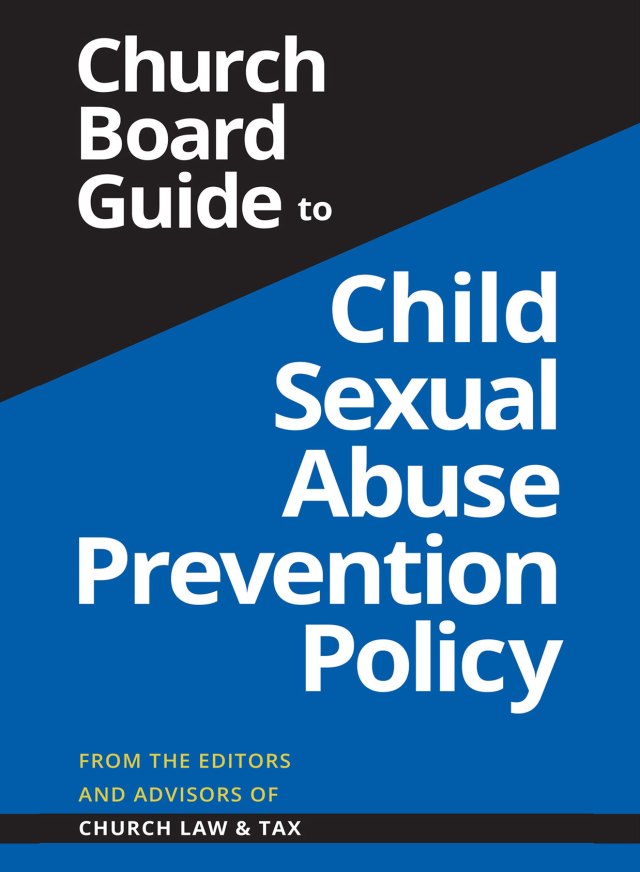Church events often happen beyond the building’s walls. That’s why understanding legal risks tied to off-campus activities is critical.
Courts have weighed in on this issue in both church-related and non-religious charity cases. These examples offer key insights for ministry leaders.
Why This Matters
Church leaders should:
- Review the facts of each legal case
- Understand court decisions
- Identify practical takeaways and risk factors
Doing so helps churches evaluate their potential liability for off-site activities.
Case Study 1: Church Picnic ATV Accident
A Sunday School teacher organized a picnic on a member’s property. While the pastor attended, he did not help plan the event.
Key facts:
- Invitations were shared during Sunday School.
- Church members brought food and recreational equipment, including rifles and an ATV.
- A 15-year-old drove the ATV on a public road, injuring a passenger.
Legal Outcome
The injured party’s parents sued the driver’s parents and the church. The court ruled:
- The church’s insurance policy did not cover the incident.
- Policy language clearly limited coverage to activities performed on behalf of or at the direction of the church.
- The church had no role in authorizing the ATV’s use.
Key takeaway: A church may be liable only when an activity is directed, requested, or carried out for its benefit.
Case citation: ASI Insurance Company, 2022 WL 2760479 (N.D. Fla. 2022)
Case Study 2: Halloween Hayride Injury
A woman was seriously injured while preventing a child from falling off a church-sponsored hayride.
Legal Findings
The appellate court reversed a trial court dismissal based on:
- Overloading: The church allegedly decided ride precautions, lighting, and passenger limits.
- Negligent Supervision: Poor lighting and a lack of control over rowdy children on the trailer.
The court found the church owed a duty of care to children it was supervising.
Key takeaway: Inadequate supervision, overloading, and poor planning can create church liability.
Case citation: Clontz v. St. Mark’s Evangelical Lutheran Church, 578 S.E.2d 654 (N.C. App. 2003)
Case Study 3: Deadly After-School Party
A church-operated school faced a lawsuit after two students died following an off-campus, unsanctioned party where alcohol was consumed.
Verdict Breakdown
- The school and its principal settled for $1.1 million.
- A jury assigned 25% fault to the school and awarded $55+ million in damages.
- The appellate court ruled the party was neither school-sponsored nor school-related.
Key takeaways:
- Liability requires more than just awareness of an off-campus event.
- Courts distinguish between sponsored and related activities.
Case citation: Archbishop Coleman F. Carroll High School, Inc. v. Maynoldi, 30 So.3d 533 (Fla. App. 2010)
Case Study 4: Youth Soccer Club Carpool Crash
A 16-year-old, at a coach’s direction, transported teammates to practice and caused a major crash.
Court Decision
- Though 83% of fault was assigned to the driver, the soccer club was ordered to pay the full verdict due to the coach’s control over logistics.
- The court confirmed the legal principle of respondeat superior—an organization may be liable for the actions of volunteers acting under its authority.
Key takeaway: Direction and control over a volunteer’s actions can trigger liability—even without formal employment.
Case citation: Bartell ex rel. Hoesel v. Mesa Soccer Club, 2010 WL 502993 (Ariz. App. 2010)
Additional Cases Highlighting Liability Factors
Baseball Game Carpool Tragedy
A 16-year-old volunteer driver caused a fatal crash. The court said a jury must decide if the sponsoring organization (the American Legion) was liable.
Case: Daniels v. Reel, 515 S.E.2d 22 (N.C. App. 1999)
Christmas Cookie Delivery Accident
A church volunteer struck a motorcyclist while delivering cookies. The court found the church may be liable due to its control over the volunteer’s actions.
Case: Trinity Lutheran Church, Inc. v. Miller, 451 N.E.2d 1099 (Ind. App. 1983)
School Officials Aware of Underage Drinking
A student died in a crash after an unsanctioned party. Although school officials were aware of the drinking, the court ruled the school had no duty since the party was not officially sanctioned.
Case: Rhea v. Grandview School District, 694 P.2d 666 (1985)
Hazing at Club Meeting
A student was injured during a hazing incident at a school-sponsored, off-campus club meeting. The court found the school liable.
Case: Rupp v. Bryant, 417 So.2d 658 (Fla. 1982)
Unauthorized Teacher Excursion
A college was not liable when a teacher led a student outing after classes had ended. The outing was not authorized or affiliated with the school.
Case: Fernandez v. Florida National College, Inc., 925 So.2d 1096 (Fla. App. 2006)
Final Takeaways for Church Leaders
Liability for off-campus activities isn’t automatic—but it’s possible.
When Is a Church More Likely to Be Liable?
- The activity is directed, requested, or benefits the church.
- The church officially endorses, promotes, or provides resources for the event.
- Staff or leaders attend in an official capacity.
Questions to Ask Before Off-Site Events
- Was the event planned by a recognized church committee or group?
- Did planners seek permission or resources from the church?
- Has the church helped coordinate logistics?
- Was the event promoted in church channels?
- Will staff attend as official representatives?
If the answer to any of these is “yes,” the event may be viewed as church-related—and liability increases.
Risk Mitigation Strategies
To reduce risks during off-campus events:
- Assign trained staff or volunteers.
- Ensure adequate lighting and safety precautions.
- Limit crowd size or participation.
- Screen and select drivers carefully.
- Hire professionals for high-risk activities.
Consult with legal counsel and your insurance provider before the event.
Consider a Non-Sanctioned Event Policy
A clear policy stating the church will not be liable for events it does not officially sanction may help demonstrate your position.
While not a complete legal shield, it may reduce exposure—especially when coupled with:
- A formal event approval process
- Guidelines for requesting sponsorship
- Leadership training in liability awareness
Further Reading: This church was found not liable for injuries sustained by a teenager at an off-campus church event. Click here to find out the specifics.





